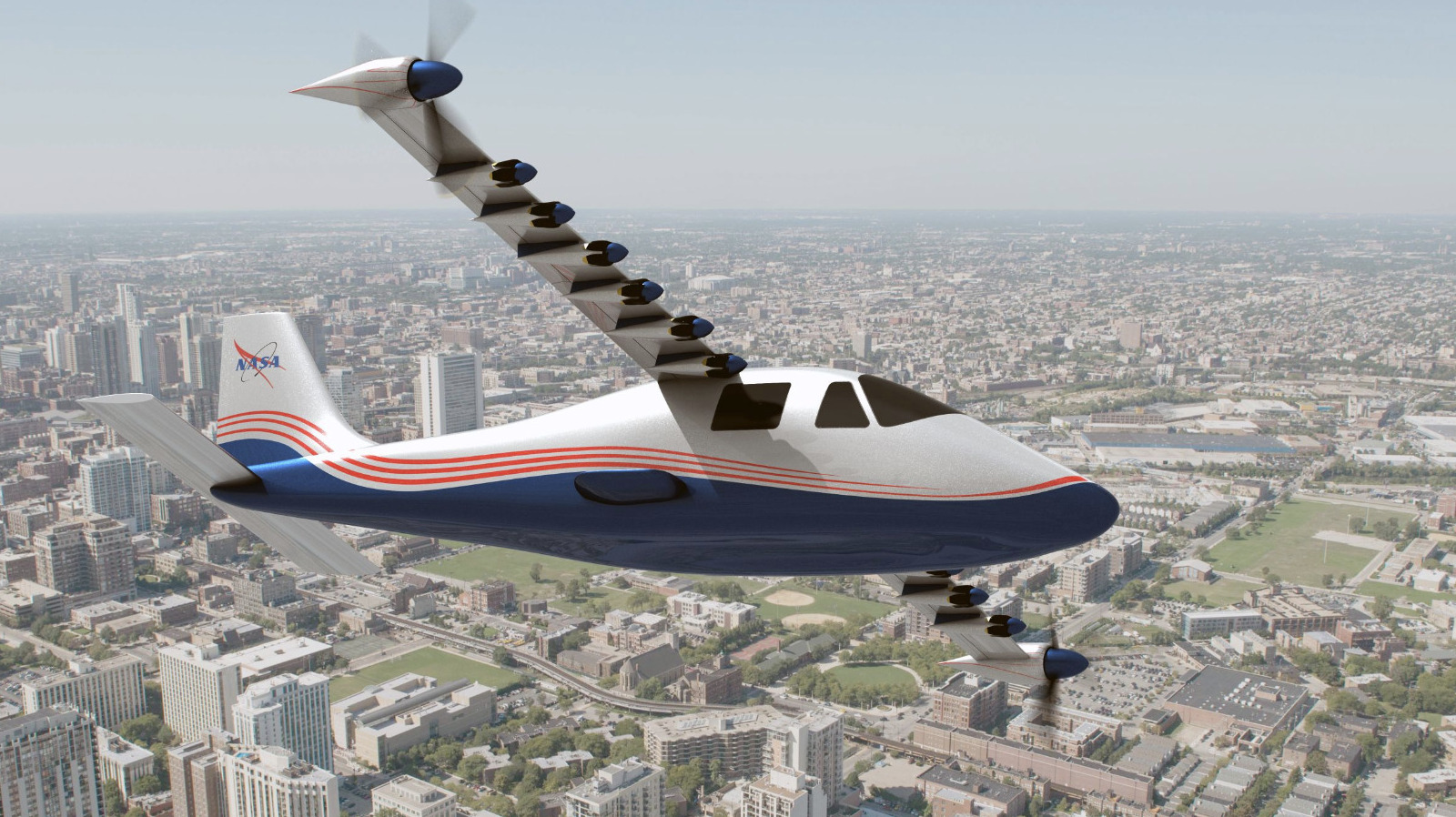
Electric aircraft, using distributed electric propulsion, can be significantly cheaper to run, as well as being much greener to boot (NASA). There’s an awful lot more to the equation than just this, though. They’re also, relatively, rather less powerful, which is why the X-57 is equipped with a full and astonishing complement of 14 motors.
At the AIAA Aviation 2016 conference, NASA Administrator Bolden spoke of New Aviation Horizons, “an initiative that calls for our return to flying experimental technology
demonstrators, known among aviation enthusiasts as X-planes.” Bolden stated that, as part of this long-term project, “Three large scale, subsonic X-planes will demonstrate in-flight the range of possible technologies and configurations that could contribute to the major reductions in fuel, emissions and noise that are among our stretch goals.” This was the world’s official introduction to the X-57, and it’s come such a very long way since.
The X-57 made its first flight in Spring of 2018, an advancement of the scalable convergent electric propulsion operations research program at NASA. It was created by Empirical Systems Aerospace, which began the project in 2014, its seemingly outlandish design makes perfect sense: It was created from a Tecnam P2006T, which underwent significant modifications. Two of its motors are placed on the tips of the wings, with the remaining two-dozen reserved for the taxing process of landing and taking off.
Stay connected with us on social media platform for instant update click here to join our Twitter, & Facebook
We are now on Telegram. Click here to join our channel (@TechiUpdate) and stay updated with the latest Technology headlines.
For all the latest Gaming News Click Here
